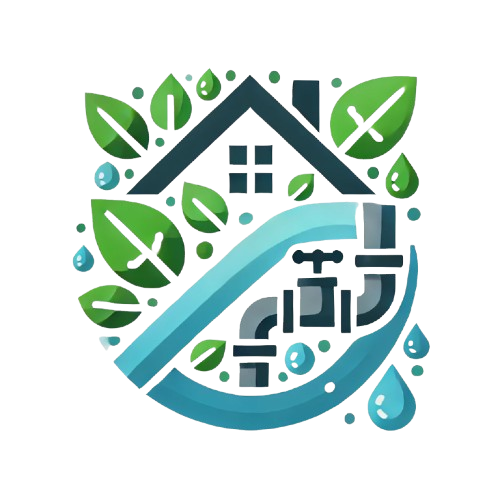Green Building Certifications and Their Role in Compliance in Canada
As Canada strives to become more sustainable and reduce its carbon footprint, green building certifications have emerged as a critical component in promoting environmentally responsible construction practices. These certifications, such as LEED (Leadership in Energy and Environmental Design), BOMA BEST, and Passive House, help ensure that buildings meet high standards of energy efficiency, water conservation, and overall sustainability. For developers, contractors, and property owners, obtaining a green building certification not only demonstrates a commitment to environmental stewardship but also plays a key role in regulatory compliance, cost savings, and enhancing building value. This article explores the various green building certifications available in Canada, their benefits, and how they contribute to regulatory compliance.
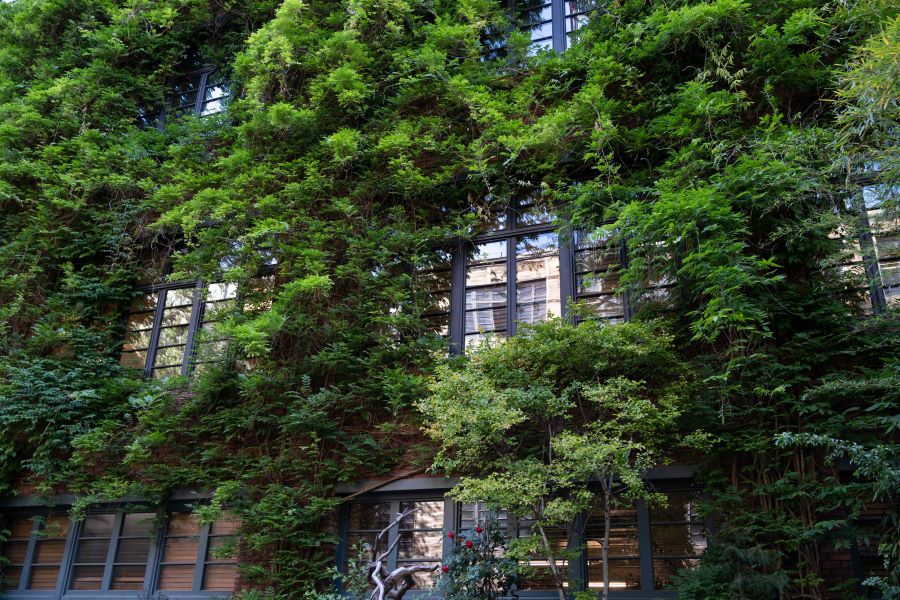
What Are Green Building Certifications?
Green building certifications are independent, third-party verification systems that assess and recognize buildings that meet specific environmental and energy performance criteria. These certifications evaluate a building’s impact on the environment across several key categories, such as energy use, water conservation, indoor air quality, materials sourcing, and waste management.
In Canada, there are several prominent green building certification systems, each with its own criteria and benefits. By obtaining these certifications, building owners and developers can signal that their projects are designed with sustainability in mind, and ensure compliance with a range of environmental regulations and standards.
Key Green Building Certification Programs in Canada
1. LEED (Leadership in Energy and Environmental Design)
LEED is one of the most widely recognized green building certification systems globally, and it has a significant presence in Canada. Managed by the Canada Green Building Council (CaGBC), LEED certifies buildings based on their sustainability performance in categories such as energy efficiency, water use, indoor environmental quality, materials selection, and site development.
LEED offers different levels of certification, ranging from Certified to Platinum, depending on how many points a building earns across the various categories. Points are awarded for features such as the use of energy-efficient HVAC systems, water-saving plumbing fixtures, and sustainable construction materials. LEED is applicable to a wide range of building types, including residential, commercial, and institutional properties.
LEED’s Impact on Compliance:
LEED certification ensures that buildings exceed minimum environmental regulations set by federal, provincial, and municipal governments. For example, buildings pursuing LEED certification must adhere to stringent energy efficiency standards that often go beyond basic compliance with local building codes, such as the National Energy Code for Buildings (NECB).
LEED-certified buildings also qualify for various government incentives and rebates, making it easier for developers to offset the cost of green construction practices while ensuring regulatory compliance.
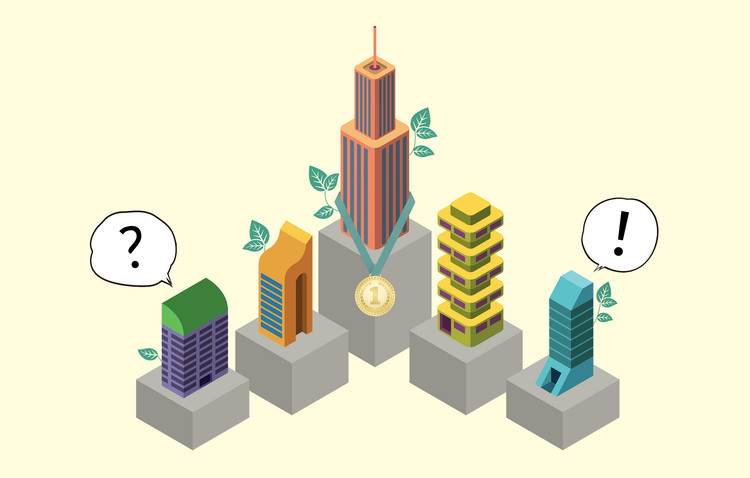
2. BOMA BEST (Building Environmental Standards)
BOMA BEST is a green building certification system tailored to commercial real estate. Developed by the Building Owners and Managers Association (BOMA) of Canada, BOMA BEST focuses on the environmental performance of existing buildings rather than new construction. The certification assesses a building’s operations and management practices in areas such as energy and water usage, waste management, air quality, and environmental planning.
BOMA BEST has several levels of certification, from Bronze to Platinum, depending on the building’s environmental performance. The program offers tools and resources for property managers to improve the sustainability of their buildings over time.
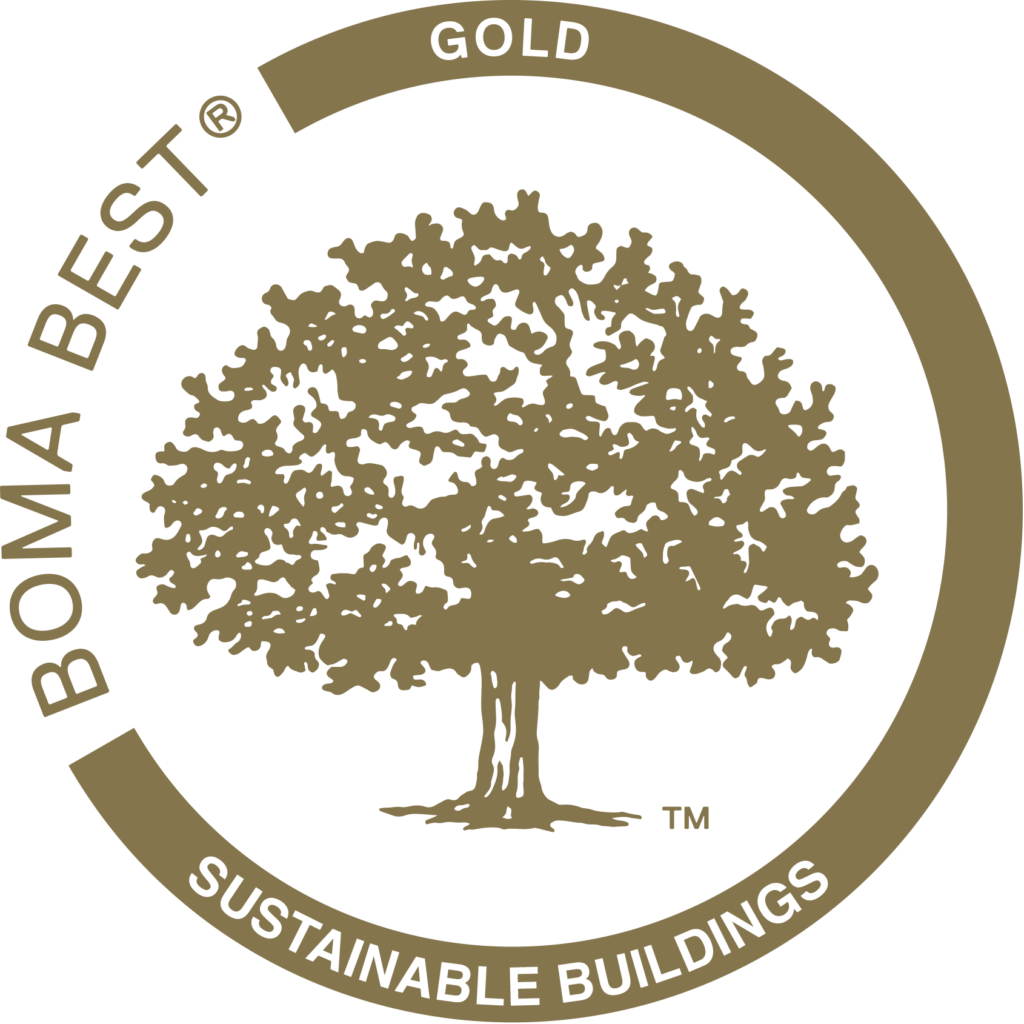
BOMA BEST’s Impact on Compliance:
For existing buildings, BOMA BEST certification helps property owners meet or exceed local energy efficiency and sustainability regulations. The program encourages continuous improvement, helping buildings stay up-to-date with evolving environmental standards. By focusing on operational efficiency, BOMA BEST also ensures compliance with regulations related to waste management, water conservation, and energy use.
Many municipalities in Canada offer incentives for buildings that achieve BOMA BEST certification, including tax breaks or streamlined permitting processes for building upgrades.
3. Passive House
The Passive House standard is an ultra-low energy certification program that focuses on minimizing a building’s energy consumption for heating and cooling. Originally developed in Germany, Passive House has gained popularity in Canada, particularly in regions with harsh climates. Passive House-certified buildings are designed to consume up to 90% less energy than conventional buildings by incorporating features such as superior insulation, airtight construction, and energy recovery ventilation systems.
The primary goal of Passive House is to create buildings that maintain comfortable indoor temperatures year-round with minimal energy input, resulting in significant reductions in greenhouse gas emissions and energy costs.

Passive House’s Impact on Compliance:
Passive House certification exceeds the energy efficiency requirements of most Canadian building codes, including the National Building Code (NBC) and provincial energy codes. Buildings that meet the Passive House standard are already compliant with the strictest energy performance regulations in Canada and often qualify for additional incentives and rebates for high-performance buildings.
In provinces like British Columbia, Passive House is becoming a preferred standard for new residential and commercial developments, aligning with the province’s aggressive carbon reduction goals.
4. WELL Building Standard
The WELL Building Standard focuses on human health and well-being in the built environment, evaluating buildings based on their impact on indoor air quality, water quality, lighting, fitness, comfort, and mental health. Although WELL is not strictly an environmental certification like LEED, it complements green building practices by ensuring that sustainable buildings also provide a healthy, comfortable living and working environment for occupants.
WELL certification is increasingly being pursued alongside other green building certifications, such as LEED, as developers recognize the growing demand for buildings that prioritize both environmental sustainability and human well-being.
WELL’s Impact on Compliance:
WELL-certified buildings contribute to compliance with regulations that address indoor environmental quality, such as those related to air filtration, ventilation, and lighting standards. WELL certification also supports the broader goals of public health and safety regulations, particularly in commercial and institutional buildings.
Benefits of Green Building Certifications
Achieving green building certification offers several benefits, not only in terms of environmental sustainability but also in meeting regulatory requirements and enhancing the financial value of a property.
1. Regulatory Compliance
Green building certifications help ensure that buildings comply with the latest environmental regulations at the federal, provincial, and municipal levels. For example, LEED and BOMA BEST certifications typically require buildings to meet or exceed local energy codes, water conservation standards, and waste management regulations.
By pursuing green certification, developers can avoid potential regulatory issues, ensure long-term compliance with environmental laws, and meet the growing demands for sustainability in the construction industry.
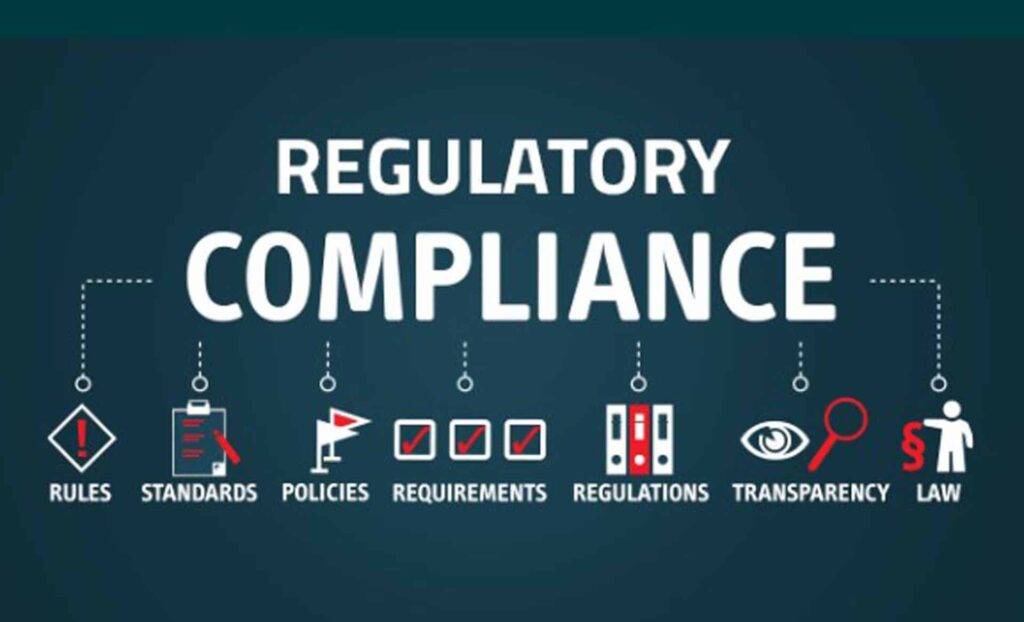
2. Access to Incentives and Rebates
Many Canadian provinces and municipalities offer financial incentives for buildings that achieve green certification. These incentives may include tax rebates, grants, or reduced permitting fees for buildings that meet specific environmental performance criteria.
For example, the Canada Greener Homes Grant provides homeowners with financial assistance for energy-efficient upgrades, which can contribute to achieving green building certification. Similarly, some municipalities offer tax breaks for commercial buildings that achieve certifications like BOMA BEST or LEED.
3. Energy Savings and Cost Reduction
Green building certifications emphasize energy efficiency, which results in lower operational costs for building owners. Certified buildings often feature energy-efficient systems for heating, cooling, lighting, and water use, leading to significant reductions in utility bills over time.
Additionally, green buildings are more likely to retain their value over time, as the demand for sustainable properties continues to grow.
4. Marketability and Occupant Satisfaction
Buildings that achieve green certification are highly marketable to environmentally conscious buyers, tenants, and investors. Certification signals that a property has been built or managed with sustainability in mind, making it more attractive in a market where environmental performance is becoming increasingly important.
Green buildings also tend to have higher occupant satisfaction, as they provide healthier indoor environments, lower operating costs, and a reduced environmental footprint.

Conclusion
Green building certifications are playing an increasingly important role in ensuring that Canadian buildings meet stringent energy efficiency and environmental standards. Programs like LEED, BOMA BEST, and Passive House not only help developers and property owners comply with local and federal regulations, but they also offer numerous benefits in terms of energy savings, cost reductions, and marketability.
